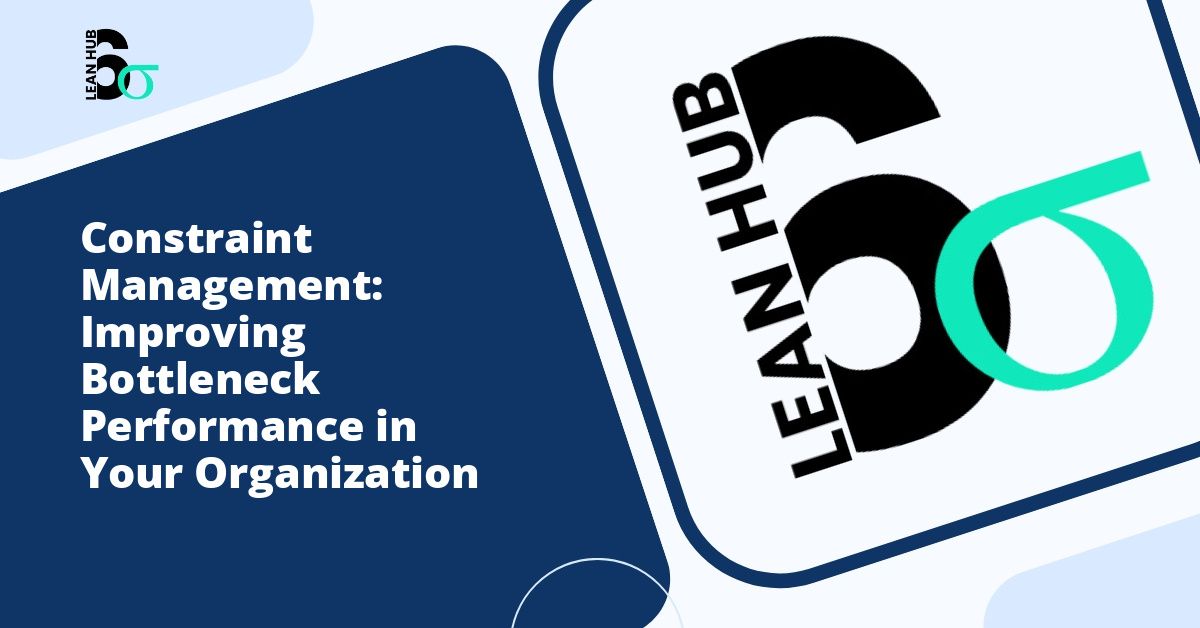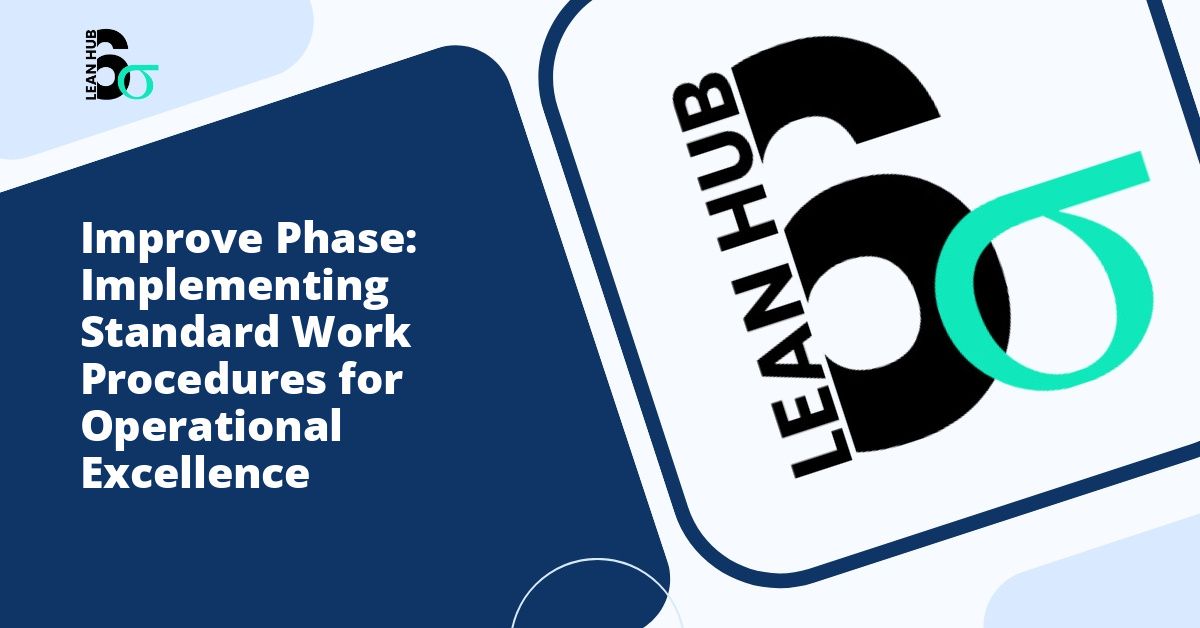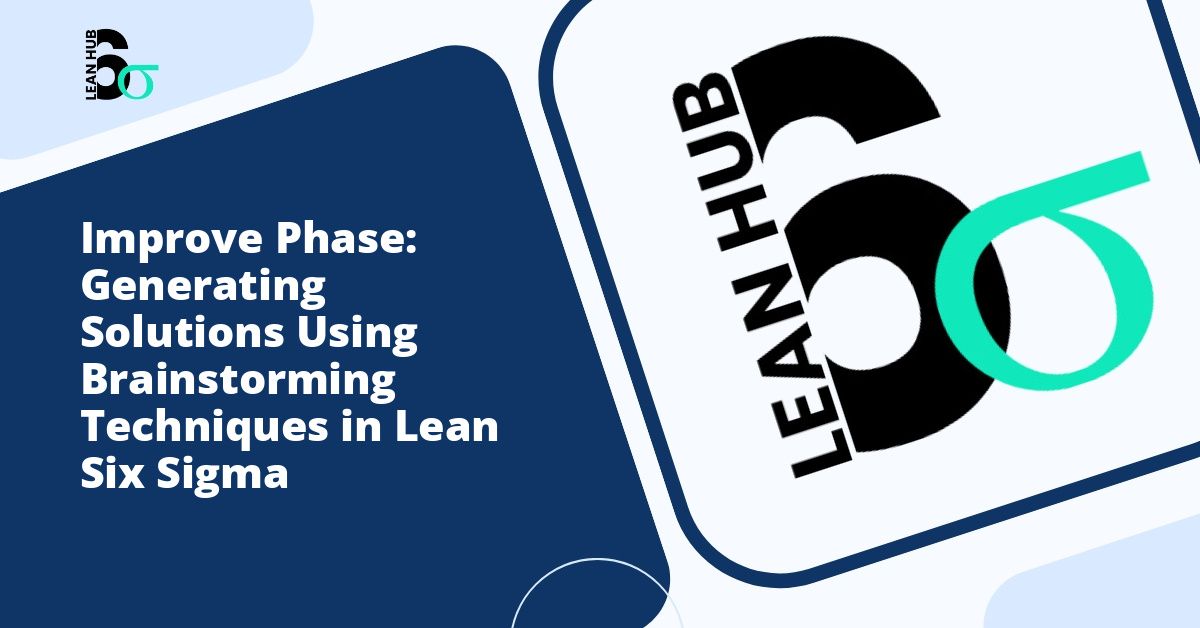In today’s competitive business environment, organizations constantly seek ways to improve efficiency and maximize output. One of the most critical aspects of operational excellence involves identifying and managing constraints that limit overall system performance. Understanding how to recognize and address bottlenecks can transform your organization’s productivity and profitability.
Understanding Constraints and Bottlenecks
A constraint, often referred to as a bottleneck, represents any factor that limits a system’s ability to achieve higher performance relative to its goal. Think of it like water flowing through connected pipes of different sizes. The narrowest pipe determines the maximum flow rate for the entire system, regardless of how wide the other pipes might be. You might also enjoy reading about How to Generate Improvement Solutions: Brainstorming Techniques for Six Sigma Teams.
In business operations, bottlenecks manifest in various forms: a machine with limited capacity, an understaffed department, inadequate information systems, or even policy restrictions that slow down processes. These constraints ultimately determine the throughput of your entire operation, making their management crucial for organizational success. You might also enjoy reading about Process Balancing: A Complete Guide to Leveling Workload Across Resources and Time.
The Theory of Constraints
Dr. Eliyahu Goldratt introduced the Theory of Constraints (TOC) in his groundbreaking book “The Goal.” This management philosophy recognizes that every system has at least one constraint limiting its performance. Rather than trying to optimize every part of the system equally, TOC suggests focusing improvement efforts on the constraint itself, as this delivers the greatest return on investment. You might also enjoy reading about Batch Size Reduction: Why Smaller Batches Lead to Better Performance in Manufacturing and Services.
The theory operates on a simple but powerful premise: strengthening a non-constraint element does not improve overall system performance. Only by addressing the actual constraint can you increase throughput. This focused approach differs from traditional improvement methods that spread resources across multiple areas simultaneously.
The Five Focusing Steps of Constraint Management
The Theory of Constraints provides a systematic five-step process for continuous improvement. This methodology shares similarities with lean six sigma approaches but maintains its unique focus on system constraints.
Step 1: Identify the Constraint
The first step involves locating the weakest link in your operational chain. This recognize phase requires careful analysis and observation. Look for areas where work accumulates, wait times increase, or resources remain idle while waiting for inputs from another process.
Common indicators of bottlenecks include excessive work-in-progress inventory before a particular process, overtime requirements in specific departments, or customer complaints about delivery times. Data analysis, process mapping, and direct observation help pinpoint where constraints exist within your system.
Step 2: Exploit the Constraint
Once identified, the next step involves maximizing the constraint’s productivity without major capital investments. This means ensuring the bottleneck operates at full capacity with minimal downtime or waste.
Exploitation strategies include eliminating breaks at the constraint (while maintaining them elsewhere), ensuring the highest quality inputs reach the bottleneck to prevent rework, implementing preventive maintenance during non-production hours, and assigning your most skilled workers to operate the constraint.
Step 3: Subordinate Everything Else
All other processes must align their pace with the constraint’s capacity. Producing more than the bottleneck can handle creates excess inventory and ties up resources unnecessarily. This step requires a fundamental shift in thinking, as it may mean allowing non-constraint resources to remain idle periodically.
Subordination ensures smooth workflow and prevents overwhelming the constraint with more work than it can process. This coordination across the entire system prevents waste while maintaining optimal constraint utilization.
Step 4: Elevate the Constraint
If exploiting and subordinating do not provide sufficient improvement, consider making larger investments to increase the constraint’s capacity. This might involve purchasing additional equipment, hiring more staff, implementing new technology, or redesigning the process entirely.
Elevation represents a more significant commitment of resources, which is why it comes after exhausting less expensive options. However, when properly executed, elevating the constraint can deliver substantial performance improvements.
Step 5: Repeat the Process
After breaking one constraint, another element becomes the new limiting factor. The process begins again with identifying the new constraint. This creates a cycle of continuous improvement, constantly pushing system performance to higher levels.
A critical warning accompanies this step: do not allow inertia to become the constraint. As organizations address physical constraints, policies, procedures, and mindsets established to manage previous constraints can become the new limitations on performance.
Integrating Constraint Management with Lean Six Sigma
While constraint management and lean six sigma represent distinct methodologies, they complement each other effectively. Lean six sigma provides powerful tools for process improvement, waste reduction, and quality enhancement. When applied to the constraint, these tools deliver maximum impact on overall system performance.
The recognize phase in constraint management aligns closely with the Define and Measure phases of DMAIC (Define, Measure, Analyze, Improve, Control), the core methodology of lean six sigma. Both approaches emphasize data-driven decision making and systematic problem solving.
Organizations can leverage lean tools like value stream mapping to visualize constraints, use six sigma statistical methods to analyze bottleneck performance, and apply kaizen events to rapidly improve constraint operations. This integration creates a comprehensive improvement framework that addresses both system-level constraints and process-level inefficiencies.
Common Mistakes in Bottleneck Management
Several pitfalls can undermine constraint management efforts. Understanding these mistakes helps organizations avoid wasting resources on ineffective improvement initiatives.
Optimizing Non-Constraints
Many organizations invest heavily in improving processes that are not actual constraints. While these improvements might make individual departments more efficient, they fail to increase overall system throughput. This represents a misallocation of limited improvement resources.
Ignoring Policy Constraints
Not all constraints are physical. Outdated policies, rigid procedures, and organizational culture can limit performance just as effectively as equipment capacity. These policy constraints often prove more difficult to recognize and address but can significantly impact organizational effectiveness.
Creating New Bottlenecks
Sometimes improvement efforts inadvertently create new constraints elsewhere in the system. Increasing the capacity of one process without considering downstream impacts can overwhelm subsequent operations, shifting rather than solving the bottleneck problem.
Measuring Constraint Management Success
Effective constraint management requires appropriate metrics to track progress and validate improvements. Key performance indicators should focus on system-level outcomes rather than local efficiencies.
Throughput, the rate at which the system generates output, serves as the primary measure of success. Additional metrics include inventory levels, operating expense, and delivery performance. These measures help determine whether constraint management efforts translate into genuine business improvement.
Implementing Constraint Management in Your Organization
Beginning a constraint management initiative requires leadership commitment, employee education, and systematic execution. Start by educating key stakeholders about the theory and its potential benefits. Gain executive support for the focused approach that may require allowing non-constraint resources to operate below full capacity.
Form a cross-functional team to identify constraints and develop improvement strategies. Use data and observation to confirm constraint location rather than relying on assumptions. Implement changes systematically, measuring results at each step to validate improvements.
Remember that constraint management represents a journey rather than a destination. As each constraint is addressed, new opportunities for improvement emerge, creating an ongoing cycle that continuously elevates organizational performance.
Conclusion
Constraint management offers a logical, systematic approach to organizational improvement that delivers measurable results. By focusing efforts on the factors that truly limit system performance, organizations can achieve more with existing resources while avoiding the waste of optimizing non-constraint elements.
The integration of constraint management principles with methodologies like lean six sigma creates a powerful framework for operational excellence. The recognize phase of identifying bottlenecks, combined with systematic exploitation and elevation strategies, enables organizations to break through performance barriers and achieve sustainable competitive advantage.
Whether you operate in manufacturing, service delivery, healthcare, or any other sector, understanding and managing constraints provides a path to improved efficiency, higher quality, and greater customer satisfaction. Begin by identifying your organization’s primary constraint, and start your journey toward better bottleneck performance today.








